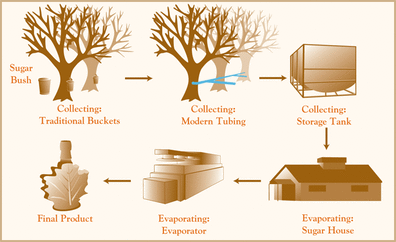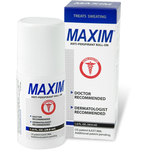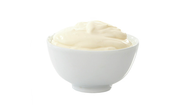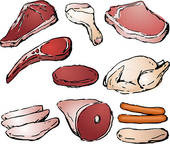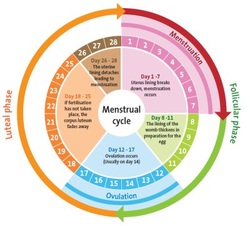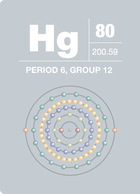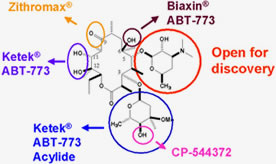
Most of macrolides are antibiotics inhibiting protein synthesis by blocking microbial ribosome. Ketolides are especially effective as they bind to two ribosomal sites. The drugs tacrolimus, pimecrolimus, and sirolimus, which are used as immunosuppressants or immunomodulators, are also macrolides. They have similar activity to ciclosporin.


